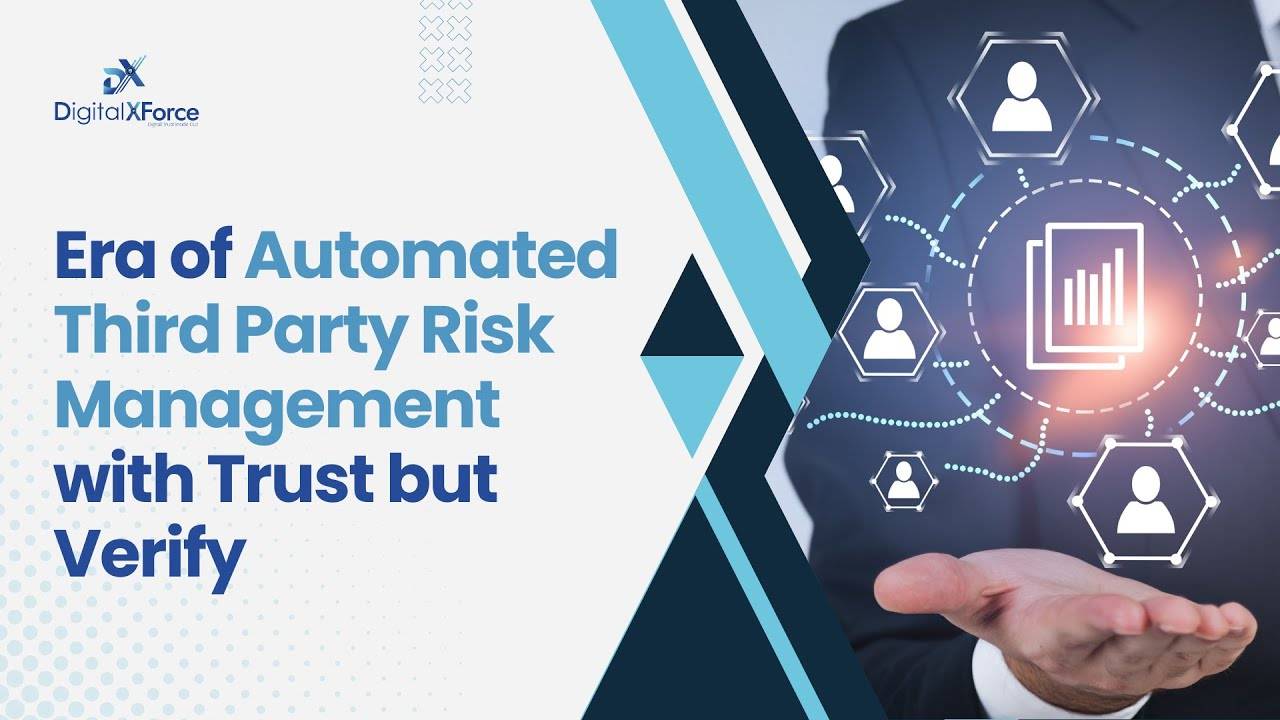 Lalit Ahluwalia is committed to redefining the future of cybersecurity by helping large and small-scale businesses prioritize digital trust. Here, Lalit explores the IoT landscape focusing on APIs and their potential impact on data security, why API security management is important, plus how you can secure your IoT APIs as an individual or organization to be on the safe side.
Lalit Ahluwalia is committed to redefining the future of cybersecurity by helping large and small-scale businesses prioritize digital trust. Here, Lalit explores the IoT landscape focusing on APIs and their potential impact on data security, why API security management is important, plus how you can secure your IoT APIs as an individual or organization to be on the safe side.

We are in the age of the Internet of Things (IoT) – you and I – where we’re likely surrounded by interconnected devices, from smart thermostats and fitness trackers to security cameras and voice assistants. These devices rely on IoT Application Programming Interfaces (APIs) to communicate and share data. While IoT enhances convenience and efficiency in our lives, it also exposes us to significant cybersecurity risks.
The question you should be asking yourself is, “Are you safe?” Let’s take a quick look at API security in IoT and what you can do to protect your data.
Understanding IoT APIs and Their Significance
Before discussing data security, let’s grasp the concept of IoT APIs first. Think of APIs as digital bridges that enable devices and applications to exchange information seamlessly. In IoT, APIs play a pivotal role in allowing devices to communicate, collect data, and execute commands. These APIs are the bedrock upon which the IoT ecosystem is built.
Imagine you’re controlling your smart home lighting system using a smartphone app. When you tap the app to turn off the lights, it sends a command through an API to your smart bulbs. This API facilitates the communication between your phone and the bulbs, making your life more convenient.
Why You Should Take Insecure IoT APIs Seriously
Now, here’s where it gets tricky. The same APIs that bring convenience can also become gaping vulnerabilities if not properly secured. Think about it this way: if someone can exploit the API that controls your smart lock, they could potentially gain unauthorized access to your home.
There are several risks associated with insecure IoT APIs. Let’s explore these risks to better understand why you should be concerned about your safety.
Data Breaches: Your IoT devices collect and transmit a treasure trove of personal information. From your daily routines to your preferences, this data is gold to cybercriminals. Exploitation of insecure APIs can lead to data breaches that compromise your privacy.
Device Manipulation: Imagine a hacker gaining control of your IoT devices, from your thermostat to your refrigerator. They can wreak havoc by adjusting settings, turning off your security system, or even disabling your medical devices if you rely on IoT for healthcare.
Distributed Denial of Service (DDoS) Attacks: Insecure IoT devices can be recruited into botnets, armies of compromised devices controlled by cybercriminals. These botnets can be used to launch DDoS attacks, crippling your website(s) and online services.
Unauthorized Access: Poorly secured APIs can lead to unauthorized access. An attacker could potentially gain entry into your network through an IoT device and move laterally to compromise more sensitive systems.
Eavesdropping: Insecure data transmission through IoT APIs can allow eavesdroppers to intercept and listen to your communication, potentially revealing sensitive information.
The Need for Proper API Security Management
Now that you’re aware of the risks, it’s crucial to understand the importance of proper API security management. Just as you lock your front door to keep intruders out of your home, securing your IoT APIs is essential to protect your digital domain.
The fundamentals of secure API management include:
Authentication: Ensure that only authorized users or devices can access your APIs. Implement strong authentication mechanisms like multi-factor authentication (MFA).
Authorization: Define who can do what within your IoT ecosystem. Restrict access to sensitive functions and data.
Data Encryption: Encrypt data both in transit and at rest to protect it from prying eyes.
Regular Updates: Keep your IoT devices and APIs up to date with the latest security patches and firmware updates.
Monitoring and Auditing: Continuously monitor your IoT ecosystem for suspicious activity and regularly audit your APIs for vulnerabilities.
Data Security and the Consequences of Insecure IoT APIs
One of the gravest consequences of insecure IoT APIs is data leakage. Picture this: your smart refrigerator is constantly collecting data about your eating habits, and that information is transmitted to a cloud server through an API. If that API is vulnerable, your dietary information could end up in the wrong hands.
In a recent The Hacker News report, six top API security risks favored by hackers include data exposure, broken authentication, and excessive data exposure. These vulnerabilities can lead to data leaks, which can have severe consequences, such as identity theft, financial fraud, or even physical harm if IoT devices control critical systems.
How to Stay Safe
Now that you’re aware of the risks and the importance of securing your IoT APIs, here’s how you can stay safe:
Research Your Devices: Before purchasing an IoT device, research its security features. Choose devices from reputable manufacturers with a track record of prioritizing security.
Change Default Passwords: Always change default passwords on your IoT devices. Use strong, unique passwords for each device.
Network Segmentation: Segment your IoT devices on a separate network from your critical systems. This limits the potential damage an attacker can do if they compromise an IoT device.
Regular Updates: Keep your IoT devices and their associated APIs up to date with the latest security patches.
Security Software: Consider using security software that can monitor and protect your IoT devices.
IoT Security Best Practices: Follow IoT security best practices recommended by experts and manufacturers.
Final Words
In the vast and interconnected world of IoT, the safety of your personal data and your physical well-being are paramount. As we’ve explored, insecure IoT APIs pose significant risks, from data breaches to unauthorized access and more. In the words of The IoT Magazine, “the security of your IoT APIs directly impacts the security of your entire IoT ecosystem.” It’s not just about individual device security; it’s about safeguarding the entire interconnected network.
To wrap it up in a simple yet crucial message: organizations and individuals must take data security seriously in their IoT infrastructure. The next time you connect a new IoT device to your network, remember the risks, and take steps to ensure your safety. Your digital world depends on it.
Related Articles
The Rise of AI-Powered Ransomware Attacks in IoT: A New Wave of “Cyber Armageddon”?
Identity Management for IoT Devices: Securing an Interconnected Digital Galaxy





